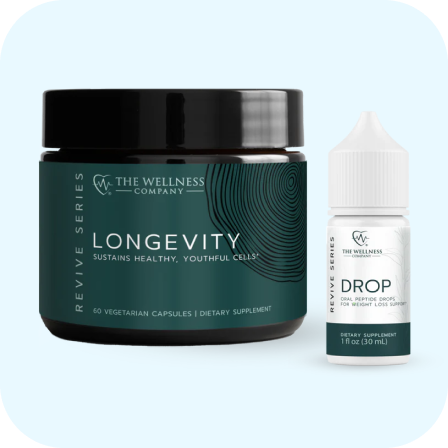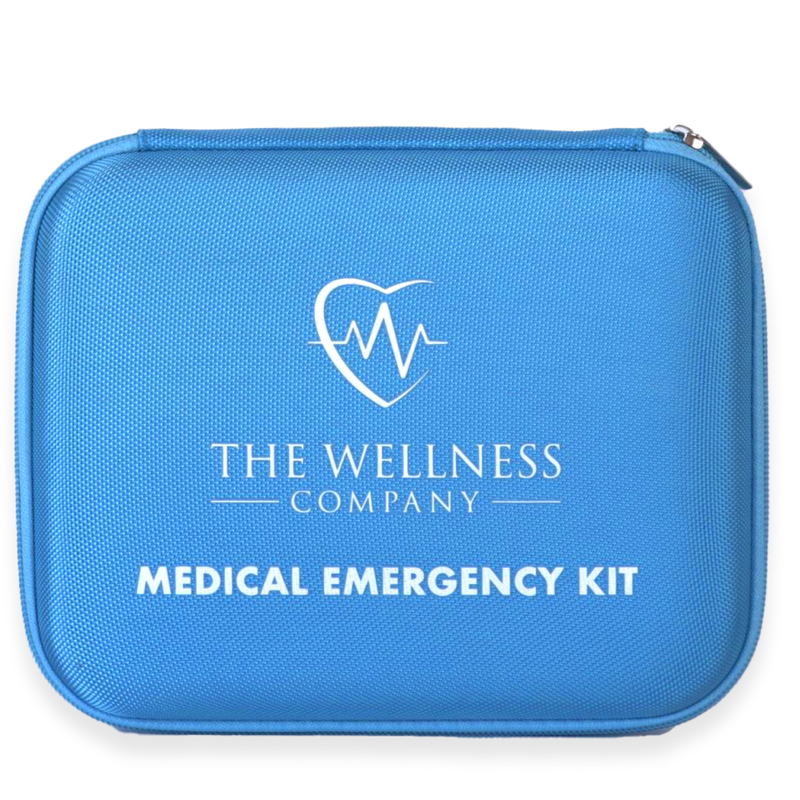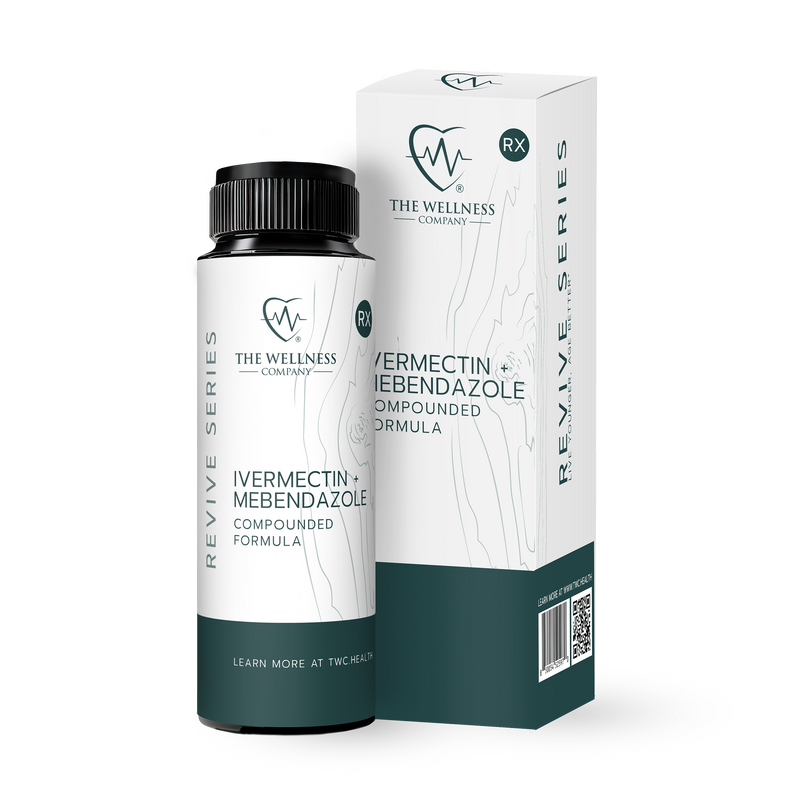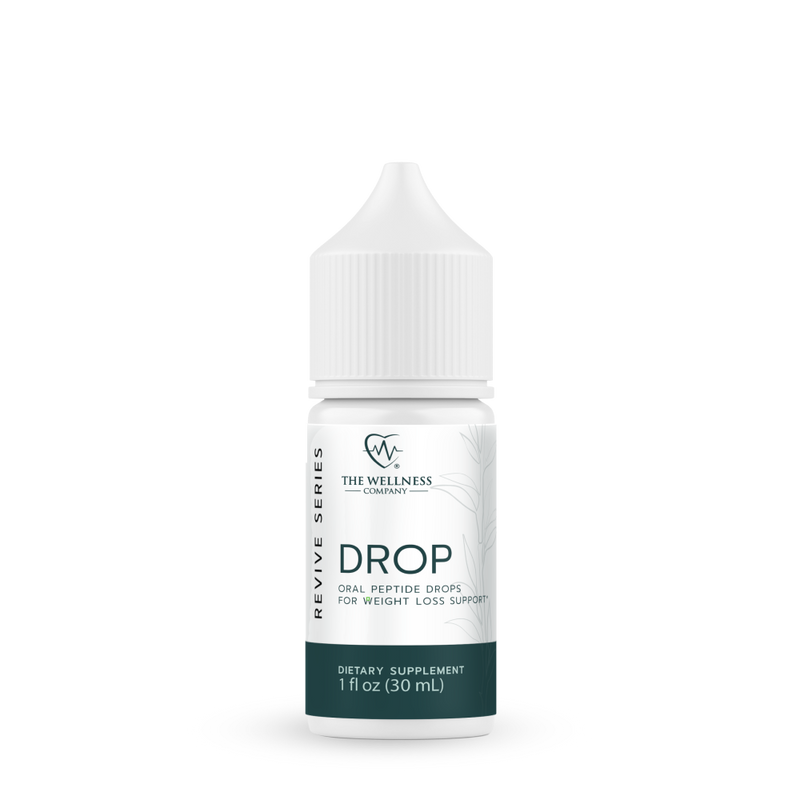Debunking the 'Bone-On-Bone' Myth: Why Your X-Ray Doesn’t Define Your Destiny
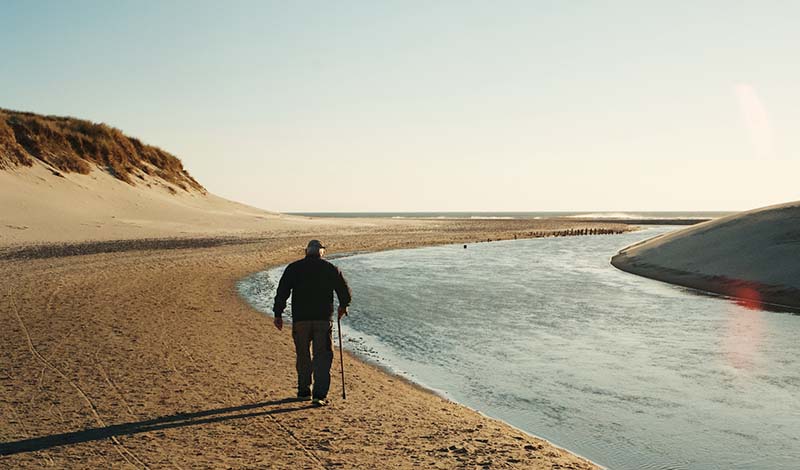
In a recent article, we argued that exercise is not only safe, but almost always beneficial for people with Osteoarthritis (OA). That message may have been surprising and counterintuitive to many. After all, people with OA are often told their pain is caused by their joints being worn down to the point of "bone-on-bone." How could exercise be safe in such a predicament?
The ‘Bone-On-Bone' Fallacy
It’s important to clarify that a diagnosis of OA is made on the basis of three key findings [1]. First, symptoms usually consist of joint pain and morning stiffness. Second, a physical assessment might find swelling and restricted range of motion. Third, x-ray imaging is done to isolate structural changes within the joint itself, such as a loss of joint space, bone spurs, or subchondral sclerosis. But a diagnosis is not made on imaging alone.
Regardless, many people, on the basis of their x-ray, are told their pain is a simple consequence of the cartilage having worn down. This narrative can be distressing, and for many people, leads to a fear of movement that causes them to withdraw from the physical activities they find meaningful.
In this article, we’ll take a fresh look at the research on structural changes and pain. Do some structural "abnormalities” on an x-ray really mean you can no longer do the things you love?
Do Structural Changes Alone Really Cause Pain?
It’s a fact, of course, that breakdown of cartilage is one of the hallmarks of OA. Research shows, however, that structural changes in our joints aren’t inextricably linked with pain. It turns out that cartilage deterioration can be present in the absence of pain, and pain can be present in the absence of cartilage deterioration [2].
One study, for instance, took MRIs of the knees of 230 asymptomatic middle-aged men and women and found structural “abnormalities” in 97% of them [3]. 31% had severe cartilage lesions. 30% had meniscus tears. Another 27% had tendon lesions. To remind you: these were people with zero history of knee pain.
Another study imaged the knees of over 700 people over 50 years of age and found that 90% of them had at least one feature of osteoarthritis, independent of whether they had pain [4].
This trend isn’t unique to the knee. In a systematic review of 33 studies examining the lower backs of 3000 people without back pain, Brinjikji and colleagues found that the prevalence of arthritic features such as disc degeneration was as high as 37% in 20-year-olds and 96% in 80-year-olds [5]. The researchers conclude:
“Many imaging-based degenerative features are likely part of normal aging and unassociated with pain. These imaging findings must be interpreted in the context of the patient's clinical condition.”
A similar trend has been shown in just about every joint in which structural changes have been studied [6].
On the basis of this research, is it even fair to call these structural changes “abnormalities” if they’re present in most people who have zero pain?
Pain Is Never Caused By One Thing
As much as we would like to blame our joint pain on one pesky little structure that we can point to on an x-ray, pain doesn’t lend itself to simple explanations. Research shows that a vast array of factors – biological, psychological, and social – can all influence pain. Structural changes are one of them, but they’re one of literally hundreds. This visual from Cholewicki and colleagues [7], which represent all factors known to contribute to low back pain, sums it up:

Bottomline: Your X-Ray is Not Your Destiny
Many clinicians now liken the normal structural joint changes that occur with aging to gray hairs or wrinkles, which are also structural signs of age but not necessarily painful. While structural changes are one contributor to the pain experience, they’re not your destiny, and they shouldn’t scare you out of staying active. Exercise, particularly when done at the right dose, does much more good than harm.
Resources
https://www.oaoptimism.com/: an excellent patient-facing resource for education on arthritis and exercise.
References
[1] https://www.niams.nih.gov/health-topics/osteoarthritis/diagnosis-treatment-and-steps-to-take
[2] Culvenor, A. G., Øiestad, B. E., Hart, H. F., Stefanik, J. J., Guermazi, A., & Crossley, K. M. (2019). Prevalence of knee osteoarthritis features on magnetic resonance imaging in asymptomatic uninjured adults: a systematic review and meta-analysis. British journal of sports medicine, 53(20), 1268-1278.
[3] Horga, L. M., Hirschmann, A. C., Henckel, J., Fotiadou, A., Di Laura, A., Torlasco, C., ... & Hart, A. J. (2020). Prevalence of abnormal findings in 230 knees of asymptomatic adults using 3.0 T MRI. Skeletal radiology, 49, 1099-1107.
[4] Guermazi, A., Niu, J., Hayashi, D., Roemer, F. W., Englund, M., Neogi, T., ... & Felson, D. T. (2012). Prevalence of abnormalities in knees detected by MRI in adults without knee osteoarthritis: population based observational study (Framingham Osteoarthritis Study). Bmj, 345.
[5] Brinjikji, W., Luetmer, P. H., Comstock, B., Bresnahan, B. W., Chen, L. E., Deyo, R. A., ... & Jarvik, J. G. (2015). Systematic literature review of imaging features of spinal degeneration in asymptomatic populations. American journal of neuroradiology, 36(4), 811-816.
[6] Barreto, R. P. G., Braman, J. P., Ludewig, P. M., Ribeiro, L. P., & Camargo, P. R. (2019). Bilateral magnetic resonance imaging findings in individuals with unilateral shoulder pain. Journal of shoulder and elbow surgery, 28(9), 1699-1706.
[7] Cholewicki, J., Breen, A., Popovich Jr, J. M., Reeves, N. P., Sahrmann, S. A., Van Dillen, L. R., ... & Hodges, P. W. (2019). Can biomechanics research lead to more effective treatment of low back pain? A point-counterpoint debate. journal of orthopaedic & sports physical therapy, 49(6), 425-436.








